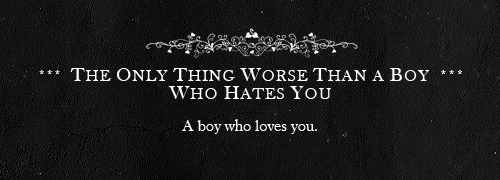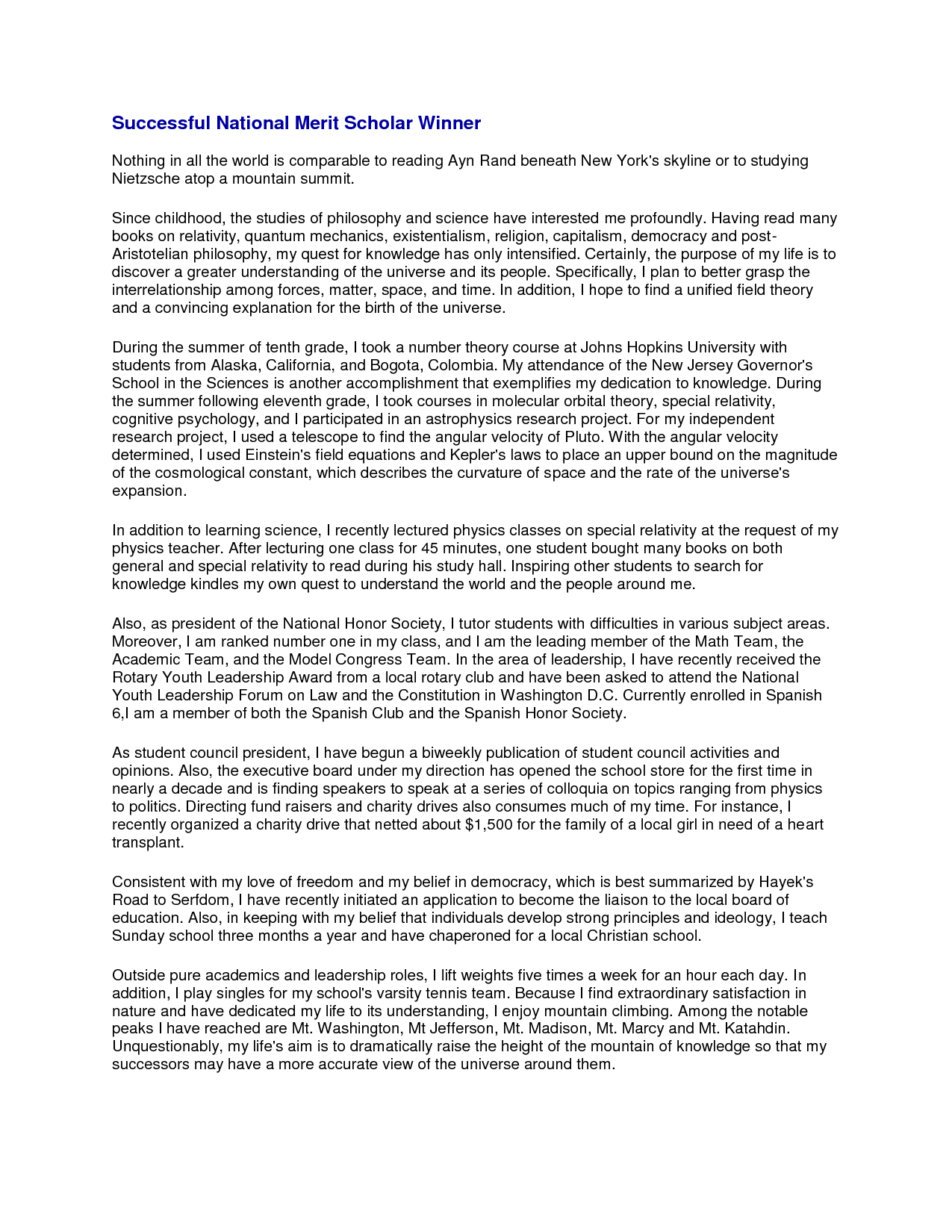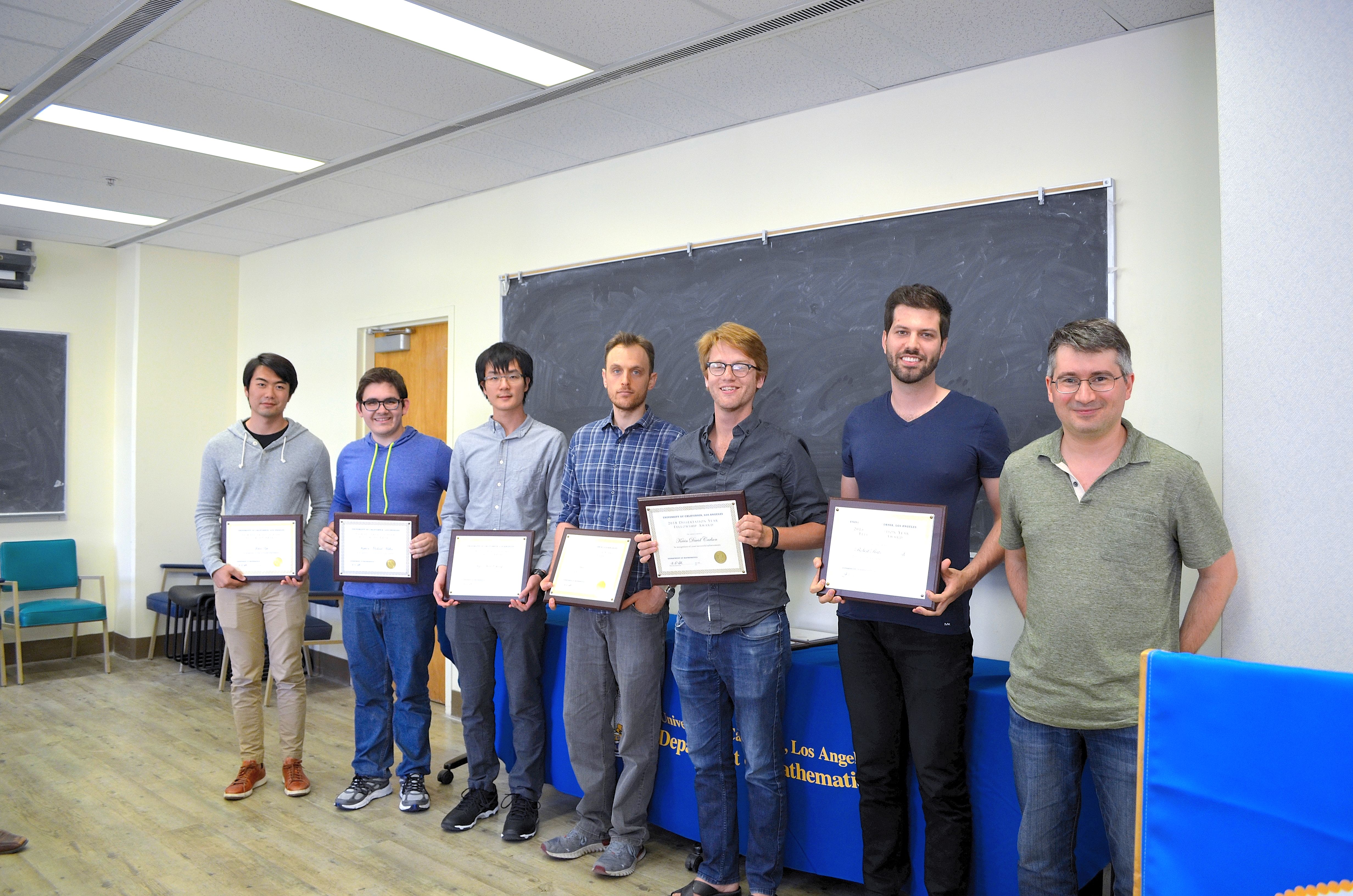Embryology and bony malformations of the craniovertebral.
The craniovertebral junction (CVJ) is composed of the occiput, the foramen magnum, and the first two cervical vertebrae, encompassing the medulla oblongata and the upper cervical spinal cord. Anomalies of the CVJ may be congenital or acquired. CVJ anomalies that decrease the volume of the posterior cranial fossa (e.g., platybasia) cause Chiari.The craniovertebral junction (CVJ) comprises the occiput, atlas, and axis and is visible in most magnetic resonance (MR) imaging studies of the brain. Craniometric measurements used in radiologic assessment of CVJ anomalies include the Chamberlain line, Wackenheim clivus baseline, Welcher basal angle, and atlantooccipital joint axis angle. Most.This article reviews the embryology, anatomy, congenital anomaly, acquired disorders, degenerative diseases, neoplasms, and inflammatory and infectious disorders in the craniovertebral junction. The imaging characteristics and differential diagnoses of these lesions are provided. This review also focuses on the complimentary roles of different imaging modalities.
Craniovertebral junction is amongst the most rapidly evolving subject. Newer understanding is making this subject remarkably result oriented. The current issue in evaluation is the involvement of atlantoaxial instability in issues like Chiari malformation and syringomyelia.Common Clinical Manifestations of Craniovertebral Junction Tumors. Tumors of the craniovertebral junction, whether extracranial with secondary involvement of the intracranial and intraspinal structures or primarily intracranial with secondary extension into the spinal canal, have characteristics that reflect compression of neighboring structures or traction.

We have tried to clarify this confusing area by demonstrating the common relationships of these abnormalities. The development of the craniovertebral junction was present in order to understand the formation of the anomalies discussed. The radiologic lines and measurements that have been described are actually to measure the degree of.










